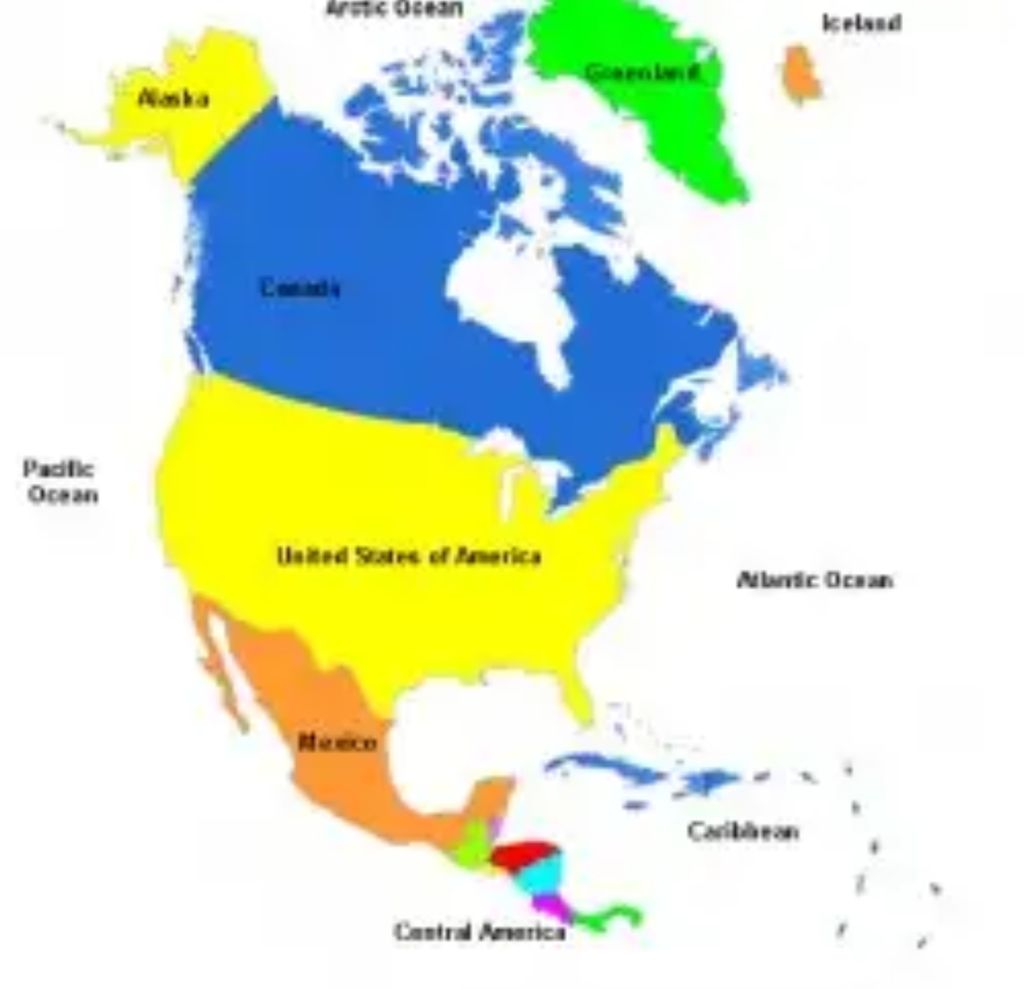Faces Of Mountains.
Jul 03, 2019 • 2 views

Alfred Wegner said, “I think the continents are moving. This statement changed the face of Earth’s science. He put forward a radical theory, in which he stated that once there was a super continent called Pangea.
Mountains form in different ways, all of them dramatic. When continents crash into each other they may fold the rocky ground at their edges, resulting into mountain ranges. In addition volcanoes may sprout out of the crust, spewing molten rock or lava, and getting bigger with each eruption. Mountains and volcanoes also get smaller, as they are eroded over time .
1. The Indian subcontinent, 55 million years ago
Make way for India!

Earth’s highest and youngest mountains are the Himalayas, north of India. Once when the subcontinent of India was attached to Africa, due to high volcanic activity the region broke off and drifted forming Madagascar, Seychelles, Antarctica, Australia and the Indian subcontinent basin. India also had to push the oceanic crust out of the way by forcing it under the Eurasian plate. As the Indian plate slid underneath Eurasia, it squeezed layers of the old ocean floor up into jagged folds – the Himalayas.
2. South America, 150 million years ago
Building the Andes

Millions of years ago, South America was connected with Africa in the supercontinent Pangea. That’s why when we look at the world’s map we find that the eastern coast of South America and western coast of Africa fit together like the pieces of the same puzzle.
When the Nazca oceanic plate started sliding under the Pacific ocean, they collided and as a result parts of South America formed folds in the crust. This was how the Andes, the longest mountain chain on land (5500 miles , or 8851 km), were born . The longest mountain range happens to be underwater: the Mid-Ocean Ridge , which stretches for 47,000 miles (75,637 km).
3.North America,300 million years ago
From mountain to molehill

Mountains also corrode or shrink over time. The most appropriate example is the Appalachians Mountains. Today, the highest peak in the Appalachians is about 6700 feet (2029 m) high, and most of the range is much lower. But about 300 million years ago when they were formed, it is believed that they were much higher. Over time rivers and glaciers wore the Appalachians down, unlike the steep and ragged summits of much younger mountain ranges such as the Alps or the Himalayas. This proves that the peaks of Appalachians were much higher.
